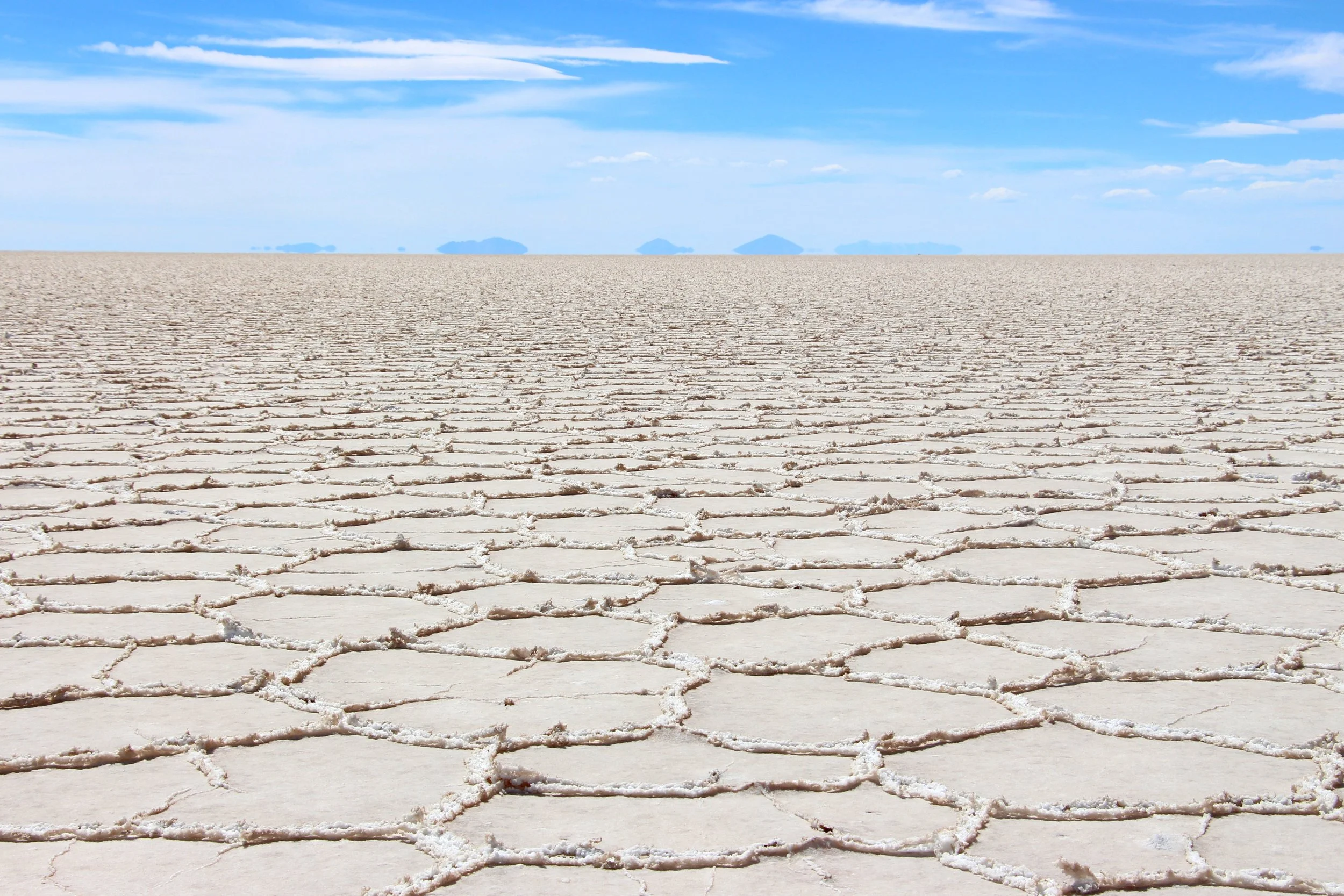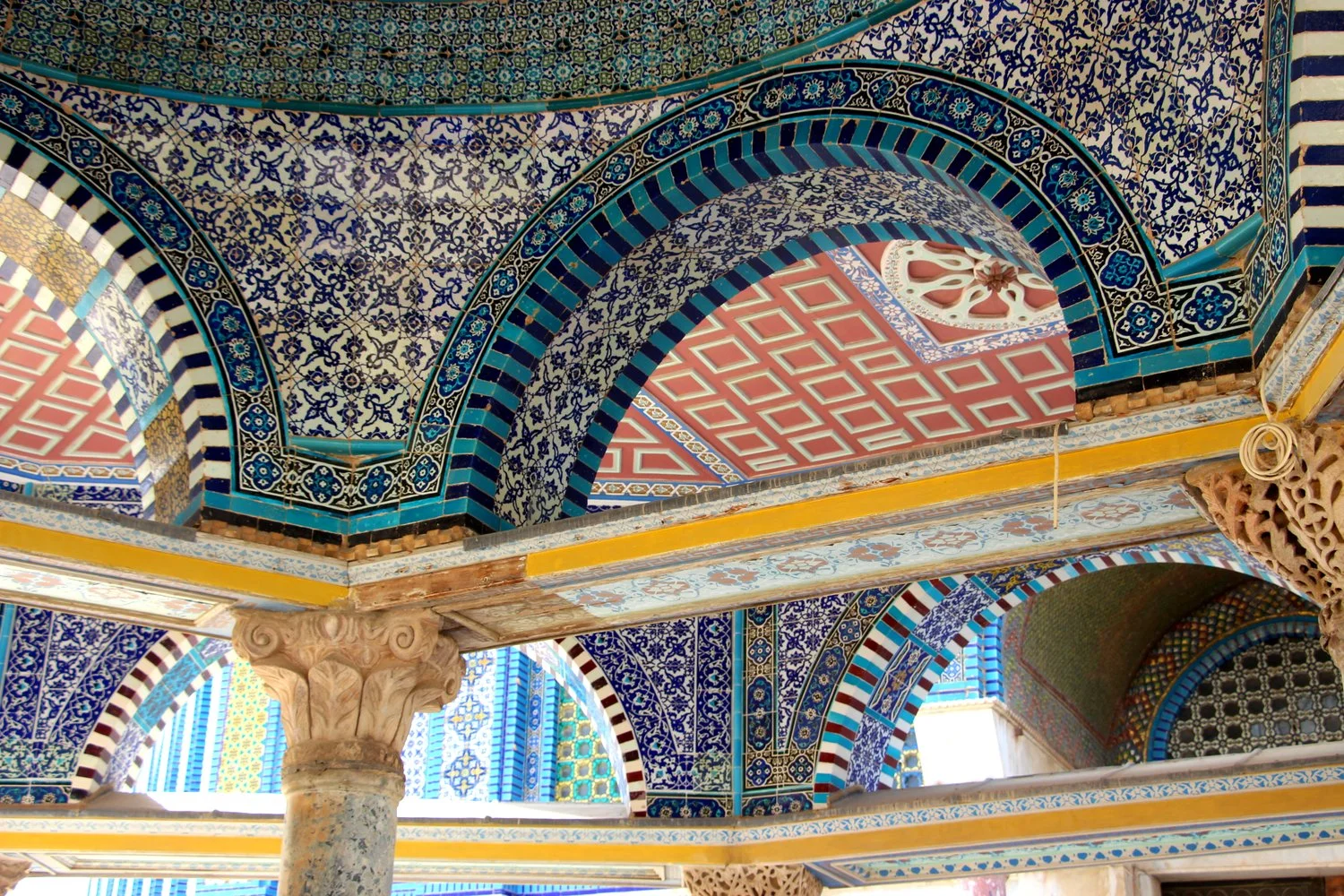After the chaos and hyper-stimulation of India, we needed some peace. Our bodies were dusty and exhausted, our minds were overworked and muddled, so we pursued a refuge that pilgrims of our same state have retreated to for thousands of years: the Himalayan Mountains.
Across all different religions, nationalities, ages and interests, the Himalayas are holy. To locals, the mountains are sacred and worshiped as gods on Earth. To others, the mountains are a different sort of god, and climbers travel from all corners to try their skill at earth’s highest peaks. Despite our differences, these mountains somehow connect with the core of our humanity and command our reverence. And when gazing up, even the secular stand in awe and the cynical mind is silenced. We’re stirred to reach higher, to be better.
Though peaceful, these mountains are anything but tame. The range holds the highest peaks in the world, and the vast altitudes create terrain and climate from humid subtropics to dry and freezing desert. Like all plans involving nature, your hiking trail fluctuates based on the time of year. This meant we were headed to one of the best base camp trails available: Annapurna.
Annapurna has over thirteen peaks that tower 23,000 feet or above. The peaks encircle a basin called Annapurna Sanctuary, which is where the base camp is located. That unique position, along with the beauty of the hike itself, makes this trek our ideal choice for a Himalayan experience.
This is Machhapuchre (meaning Fish Tail), which is a gorgeous view on the trail.
In a place so drenched in spirituality, hiking without appreciating that would be akin to walking the whole way with your eyes on your feet. If meditation has a Mecca, this is it. Ryan found Purna Yoga that fully appreciates exercising your mind as well as your body. We figured, “If this whole meditation thing ends up being a sham, at least our bodies will get in shape.” So we signed up for an 11-day yoga and meditation trek up to Annapurna Base Camp.
Regardless of your trek choice, all roads begin at Katmandu, the capital and hub of Nepal. Katmandu is still in recovery from the massive earthquake in 2015. Unfortunately, it is still a bit of a mess, with pollution and lack of infrastructure dampening an otherwise amazing place. That said, Kathmandu is no doubt a international city and as close to civilization as you’ll get in Nepal. We recommend getting a red meat meal at Ktoo Steakhouse before your trek. We stayed at Hotel Ganesh Himal, which we highly recommend. Katmandu is also a great place to buy any forgotten gear for your trek, but be aware that most stalls sell knock-off name brand items (maybe not best for your down jacket purchase). We visited the famous and chaotic Monkey Temple, and had lunch at Garden of Dreams for our dose of civilized eating before we headed off.
Wooden supports hold up many of the beautiful temples around Katmandu.
The Purna Yoga treks start off at the gorgeous Purna Yoga retreat that sits on the hill overlooking the lake. The rooms are cozy and simple, and mimic the teahouses you’ll stay in throughout your trek. But the gorgeous yoga room is the star with its floor to ceiling windows. The Purna team was essential in making sure we had all the proper equipment before hitting the trail.
This was our trek group-- Chandra in the middle, Anka (another trekker) on the far right, and our two porters (who worked harder than anyone we've ever seen!). This was taken at the end of the trek, which explains how we're best friends.
Then, we set off. Our fearless leader Chandra was the perfect person to guide our bodies through the trail and our minds through meditation. Every morning started with a different type of meditation and breathing exercise, then yoga. We would stop to meditate and stretch at least twice on the trail and then again after lunch. Then after dinner, we’d have a lesson in meditation theory and a breathing exercise to relax our minds and bodies. It was a lot, but over the course of the twelve days we became full converts in the necessity of cleaning out our minds to be more productive and effective. To help our skeptical Western minds, we listened to “10% Happier” by Dan Harris, which is written by a fellow New Yorker and an awesome case for meditation in daily life.
A bit about the trek itself: “Teahouses” are the small hotels scattered throughout the trail where trekkers eat and stay each night. Some teahouses are better than others, and as your get closer to the camp (but farther from civilization) they get more rustic. Firstly, while teahouses offer a very wide range of food, we recommend to go as local as possible—it’s what they cook best! Enjoy the dhal bat, which is the Nepali meal of rice and lentils. It’s very filling and comes in different tastes and accompaniments. We also love a tea made of ginger, lemon, mint and honey to start your day or warm you.
Secondly, be sure to inquire about hot water, and decide for yourself if a cold shower is better than none (we have differing opinions). Also, bring a very warm sleeping bag as rooms likely don’t have heat, and the heaters you can rent can make the room smell like gasoline. The walls between the rooms are very thin, so bring earplugs if you’re a light sleeper. Lastly, the rooms have two or three beds in each, so if you’re traveling solo you may have to share a room (this is more than likely the case as you get closer to base camp). The altitude is also a point of contention, and we recommend giving yourself an extra day of travel so you can adjust (seriously—this is the number one reason people don’t make it to the top).
On our last day trekking towards base camp, a snow storm rolled in as we ascended and visibility was nonexistent. It was a VERY cold situation, and we couldn’t see more than 7 feet in front of us. We made it to base camp, and hunkered down to stay warm and wait for morning. That next morning, we woke up before the sunrise and hoped to see the peaks before we headed back down the mountain.
Storm is rolling in!
This was the view when we got there-- the storm covered the peaks and made seeing them impossible. It only got worse from here!
It was dark, so we had to wait and hope that visibility was better. Then suddenly, WOW. Daybreak hit the highest peak in an orange blaze. It spread towards the other peaks, not unlike a real fire, and we witnessed the basin come alive. The air was as clear and crisp, and we had optimal visibility to witness the sunrise. Spectacular.
Before leaving, Blakely tied up prayer flags, which are a traditional way of blessing the countryside. We took a picture by the Annapurna sign, and headed back down. Blakely of course sprained her ankle on the way down, which is why we do not recommend making this trek without a guide and porter. She still made it, but having a professional was invaluable.
Nepal is seeped in spirituality and we tried to soak up every morsel. We will never be the same, and will forever feel grateful that it shared some of its spirit with us. It was good that we had such a peaceful time, because next we headed to one of the most chaotic bends of our trip: A Family trip through China!
Trust us, we deserved this!














